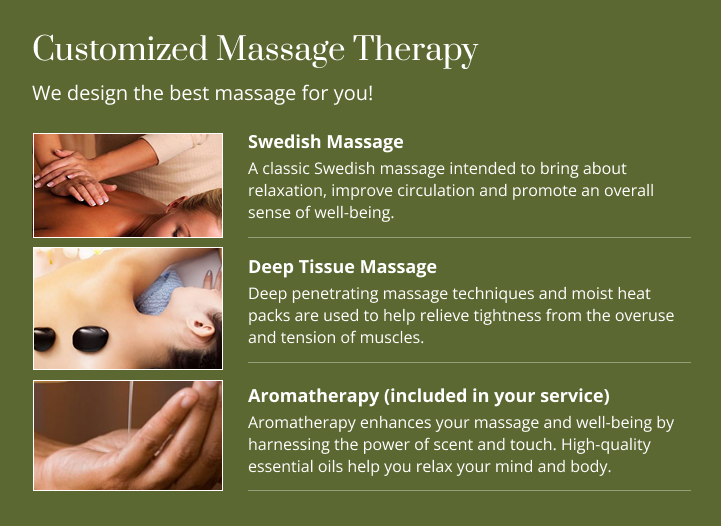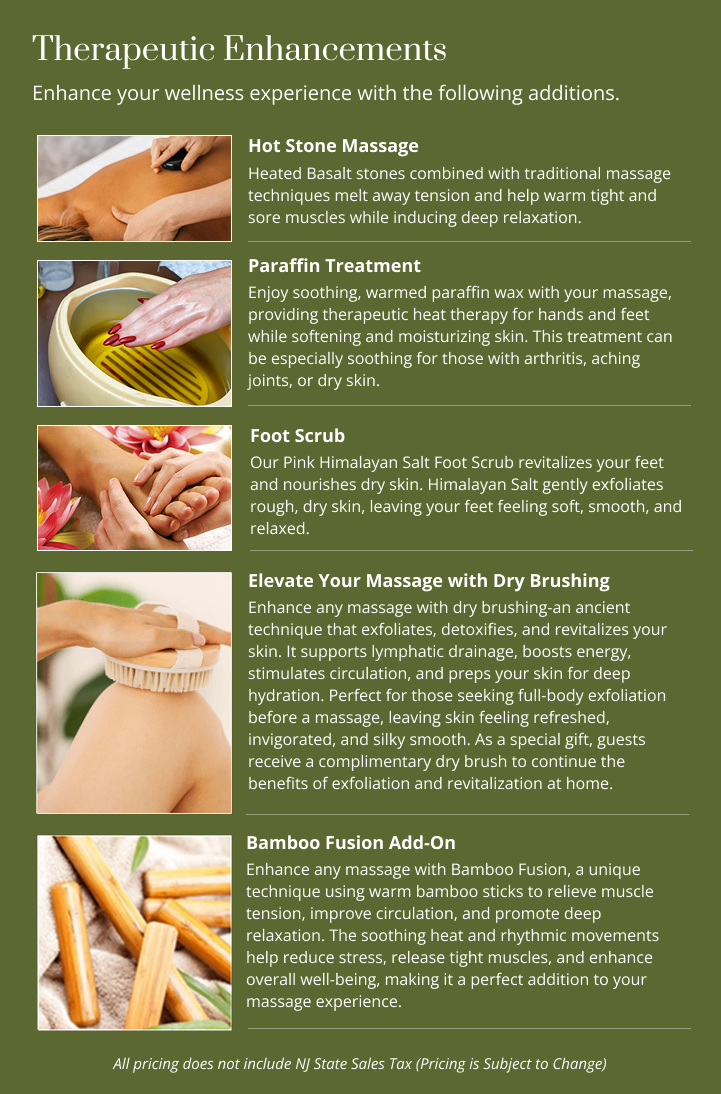
Deep tissue massage (DTM) is right for chronic back pain. It uses firm pressure to break down deep muscle knots/adhesions & scar tissue, restoring mobility.
One of the most frequent reasons people seek therapy is back pain, which frequently results from more than just basic muscle soreness. The deeper layers of your muscle tissue and connective fascia may be the source of the problem if you’ve tried light massages or at-home treatments without experiencing long-lasting relief. So, the question is: Is deep tissue massage (DTM) the best option for your persistent back pain?
For many people, the short answer is yes, particularly when it comes to pain from postural problems, chronic tension, and injury recovery. Beyond relaxation, DTM is a highly focused treatment that aims to remove the scar tissue and adhesions that limit movement and produce chronic pain.
Deciphering the Causes of Persistent Back Pain
It is helpful to know what is causing the pain in order to comprehend why DTM works. In contrast to acute pain, which is sudden and transient, chronic back pain frequently results from underlying problems that have grown over time.
- Muscle Adhesions and “Knots”: Rigid bands of tissue known as “knots” can form in muscles that have been subjected to repeated stress or injury. These adhesions cause a vicious cycle of pain and stiffness by obstructing blood flow and irritating nerve endings.
- Restriction of the Face: Every muscle, organ, and bone is held in place by the fascia, a network of connective tissue. Chronic discomfort results from it pulling on the surrounding structures, including your spine, when it gets tight or scarred.
- Bad Posture: Prolonged sitting, computer use, or driving can cause an imbalance in which certain muscles, like the upper back, become weak and overstretched, while other muscles, like the chest and lower back flexors, become chronically tight and shortened.
Although a Swedish or relaxation massage might be pleasant, its lower pressure usually isn’t strong enough to alter the structure of these deeper layers. However, DTM is designed specifically to deal with these underlying issues.
For a consultation to determine the best approach for your specific back pain, call Essential Massage Therapy at (973) 729-2400.
The Deep Tissue Difference: Focusing on Problem Areas
A normal relaxation experience is very different from a deep tissue massage. To reach the sub-layers of your muscles and fascia, your licensed massage therapist will apply intense, prolonged pressure and slow, deliberate strokes, frequently using your knuckles, elbows, and forearms.
Dissolving Adhesions and Scar Tissue
DTM’s intense, targeted pressure is essential for dissolving muscle adhesions and scar tissue. The therapist assists in reestablishing the appropriate function and flexibility of the muscle fibers by physically separating these stiff bands. Although there may be some discomfort at first, this action is required to start the healing process. Since the pressure is addressing the cause of their chronic pain, many clients say it feels like a “good hurt.”
Increasing Blood Flow and Decreased Inflammation
Blood flow significantly improves after the constricted areas are released. In addition to flushing out metabolic waste products like lactic acid that cause pain and inflammation, increased circulation provides oxygen and vital nutrients to the injured tissues. Because it treats both the mechanical restriction and the ensuing chemical irritation, deep tissue massage is frequently beneficial for ailments like sciatica and fibromyalgia.
Restoring Range of Motion and Posture
DTM assists in reestablishing the body’s natural alignment by relieving long-term tension in important muscle groups, including the deep paraspinal muscles, hamstrings, and glutes. By directly reducing the strain on the spine, this enhances your range of motion and posture. This increased mobility is frequently the most significant advantage for those who suffer from chronic stiffness.
Did You Know?
Consistent massage therapy, including DTM, has been found to offer both immediate and long-term relief for chronic lower back pain, frequently outperforming some traditional medical treatments.
Give Essential Massage Therapy a call at (973) 729-2400 to schedule a consultation and discuss the best course of action for your particular back pain.
Frequently Asked Questions (FAQ)
How is deep tissue massage different from a Swedish massage for back pain?
The main difference is the pressure and intent. Swedish massage uses light-to-medium pressure primarily for full-body relaxation, stress reduction, and surface-level tension relief. Deep tissue massage uses slow, firm, and concentrated pressure to target the deepest layers of muscle and fascia, making it a therapeutic treatment focused on breaking down chronic knots, adhesions, and scar tissue that cause long-term pain.
Should a deep tissue massage be painful?
No, it should not be excruciatingly painful. It is common to feel intense pressure, discomfort, or a “working” sensation, especially when the therapist is addressing a particularly tight area or muscle knot. However, the pressure should always be within your tolerance level. You should communicate with your therapist immediately if the pressure feels too sharp, burning, or unbearable, as the goal is to release tension, not cause injury.




